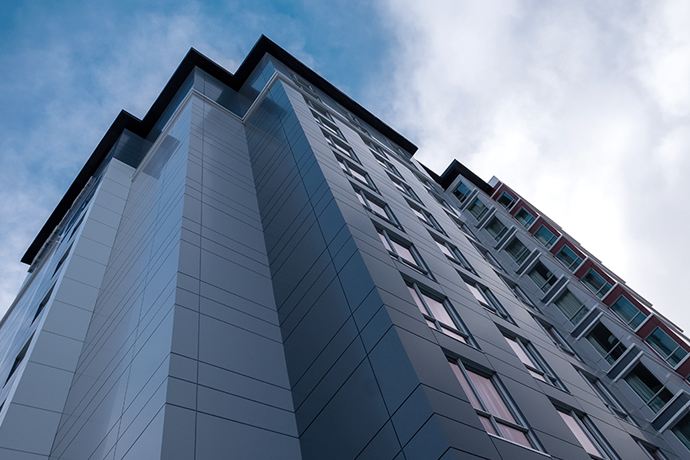
MIH TEAM
18/04/24
10 Good Reasons to Choose MIH
020 3637 7968
info@mihproperty.co.uk020 3637 7968

For those that missed out on the first round of funding for replacement cladding, the government has reopened the Building Safety Fund as of 28th July 2022, for applications from ‘responsible entities’ or an agent acting on their behalf.
Instigated originally in 2020 following the Grenfell disaster of 2017, the Building Safety Fund (BSF) aims to protect leaseholders from the cost of addressing fire-safety risks, caused by unsafe non-ACM cladding systems on high-rise residential buildings.
The first round of funding excluded some applicants from receiving assistance, and yet, the cost of replacement cladding is out of reach of many lower-earning homeowners in residential blocks. This left them in an impossible situation facing bills that could not be met, and a property that could be sold due to unsafe cladding. It’s a catch-22 situation that has left those affected in turmoil. So now, alongside new claims, previous applications that were found to have ineligible works or cladding systems that did not meet the specific criteria, may now be eligible for the BSF 2022 and can be reconsidered.
New legislation means that for the first time, leaseholders can prove legally that they are exempt from historical building safety costs. The Building Safety Act clarifies that no costs for the replacement of defective cladding will be recoverable from tenants. Instead, building owners or developers will be responsible.
For BSF 2022, the application process is different, drawing on a Fire Risk Appraisal of External Walls (FRAEW) following the PAS 9980:2022 methodology. Decisions about funding will seek to ensure that the works required are proportionate to the risk posed, and applicants will need to provide an FRAEW carried out by a qualified professional using the new code of practice.
The fund welcomes new applications from the ‘responsible entities’ of private or social sector buildings that meet the following criteria:
Designed to help leaseholders understand if they qualify for the funding, the Leasehold Protection Checker is the first port of call for those interested in applying: www.gov.uk/check-building-safety-costs
Those seeking to access the fund must complete the application form (Form R1) and submit the following supporting documents: consult.levellingup.gov.uk
A decision will then be made by the DLUHC (Department of Levelling Up, Housing & Communities) as to whether the building meets the fund’s criteria. Building Safety Fund Guidance 2022 – New applications
For buildings between 11 and 18 metres where the original developer or building owner cannot be identified or held responsible, the government has promised an additional scheme, as yet to be defined. However, it is worth noting that for buildings commissioned by housing associations, the housing association is considered the developer and therefore responsible for funding remedial works.
All in all, these updates aim to reach more vulnerable homeowners and tenants, as well as speed up the desperately slow process of addressing the unsafe cladding still prevalent on the UK’s buildings. Furthermore, new legislation seeks to prevent this from happening again in the future, by targeting housing developers with sanctions and penalties for failing to take responsibility for issues within the existing building. This is supported by sharpened rules and guidelines for Fire & Safety standards in new builds.